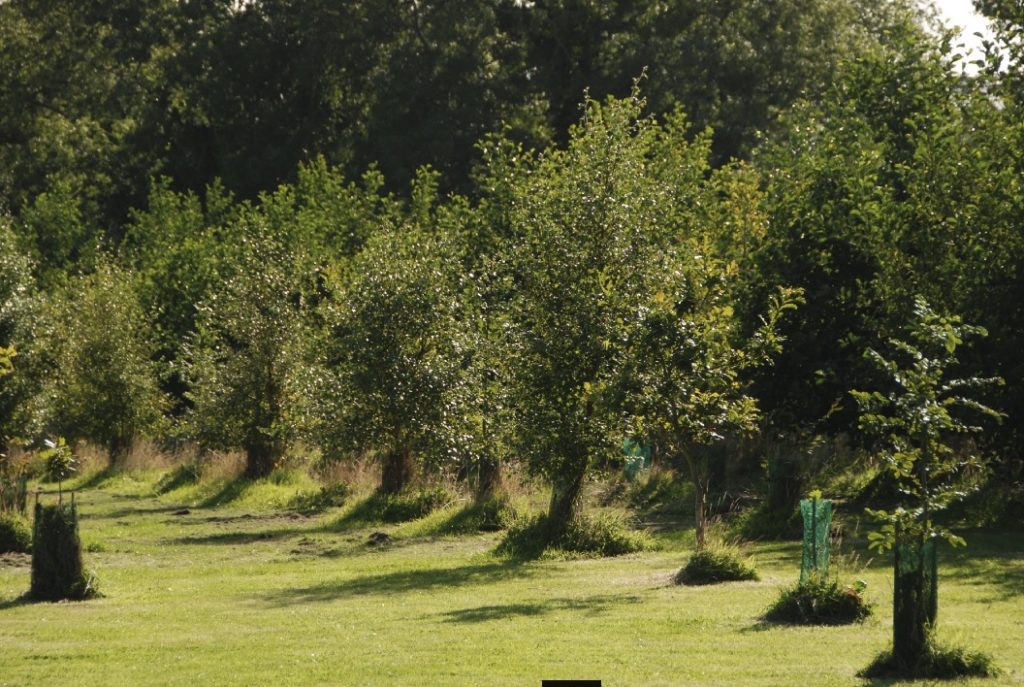Tree growth matters for several reasons – of different importance for different people.
Most people like to see a tree they have planted increase in size over a reasonable time scale. We often hear people claim it is not worth planting a tree as they will not live to see any worthwhile growth. Actually tree growth is surprisingle fast – have a look at the following picture.

For other people concerned about the global warming effects of carbon dioxide, what is important is how much carbon dioxide a tree removes from the atmosphere per year.
Another effect of tree growth can be valuable. They can produce a useful screening effect; this may be to form a hedge, for example. But, for us in the IoM Woodland Trust, there is the important effect that trees may have on plants attempting to grow under the increasing tree canopy. We have land at Glen Maye, which is currently infested with Japanese knotweed. We have attempted to kill if off by felling it and have even reluctantly attempted to poisin it. These efforts have had relatively little impact. Then however we planted alders and wild cherries there. The light intensity at ground level was reduced and the Japanese knotweed is much less prevalent there.

Finally of course many people grow trees in order to produce a wood, which will not only be the basis of a richer ecological habitat than that which existed before but which is also a delight in itself.
How quickly all these desirable effects can be produced depends on how fast trees grow. The IoM Woodland Trust has measured tree growth rates at one of our sites.
Some trees (alder, birch, ash, willow, wild cherry) grow at a rate of 60 cm in height per year. Others (oak, beech, rowan) are slower, gaining height at not much more than 30 cm per year. A young yew grows not much more than 15 cm per year.
But what is important, particularly for carbon dioxide capture for example, is how much weight increase does a tree produce in a year? Happily, science can provide answers. Trees put on weight slowly at first. Then they grow at a more rapid and approximately constant rate as they mature, before the rate falls as the tree arrives at its full state of maturity. The oldest trees increasingly face losses as winds and disease lead to the loss of leaves, twigs and branches. What measurements show is that a typical tree growing at a rate of 60 centimeter a year in height, gains dry weight at a rate of 2-5kg per year, removing 3-7kg of carbon dioxide and releasing 2-5kg of oxygen.
One difficulty in making these measurements is to know how much growth occurs underground; most measurements, naturally, are made on above-ground growth. We can probably add another 1kg per year for the growth of the root system.
The bottom line is that trees grow fast enough to make a difference. Eventually a tree dies and its carbon content returns to the environment. But if the tree is replaced we can keep the carbon locked up. When we add the beauty of the trees, the excitement seeing the effects they have on wildlife, you can see why we are so attracted by the idea of planting more trees.